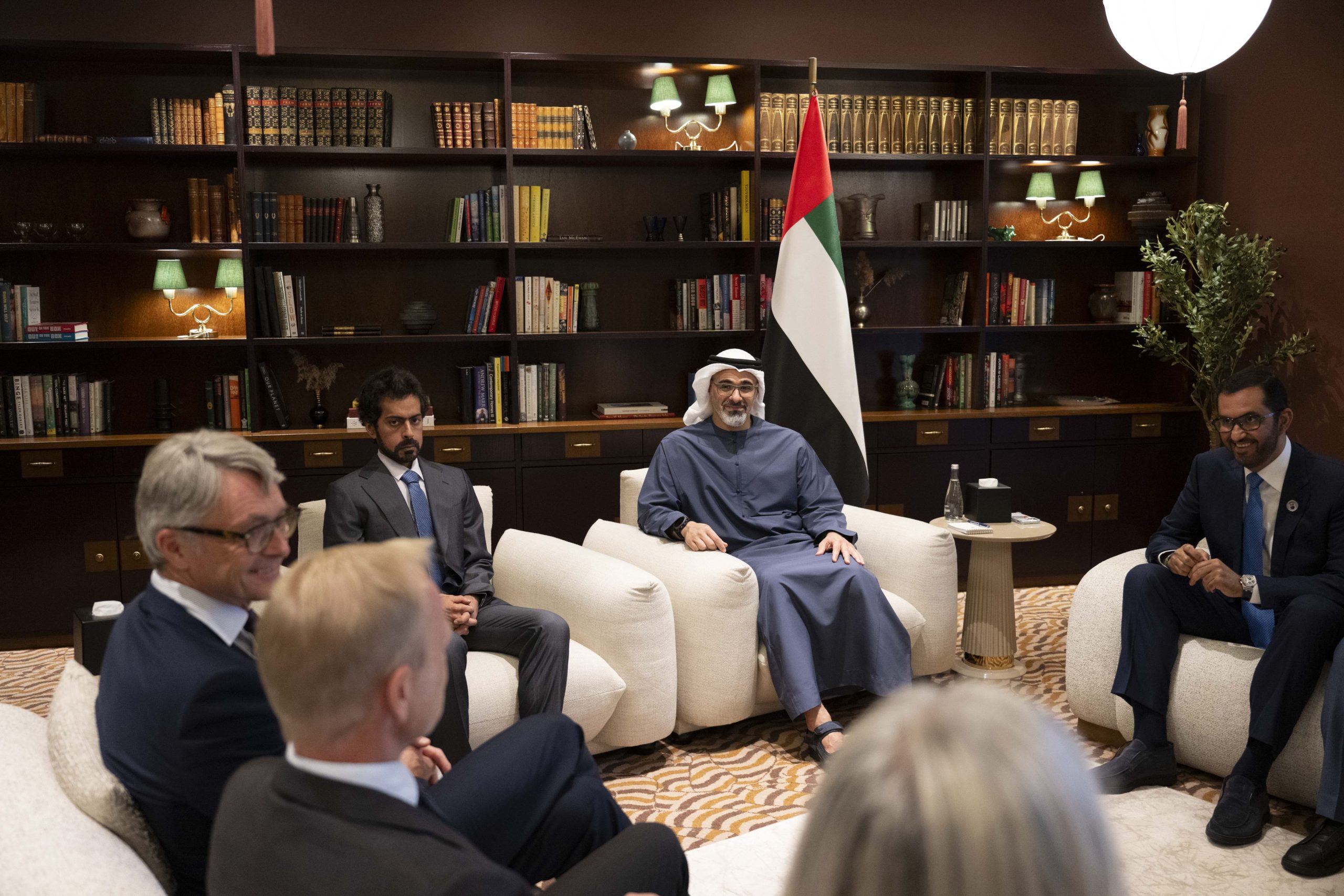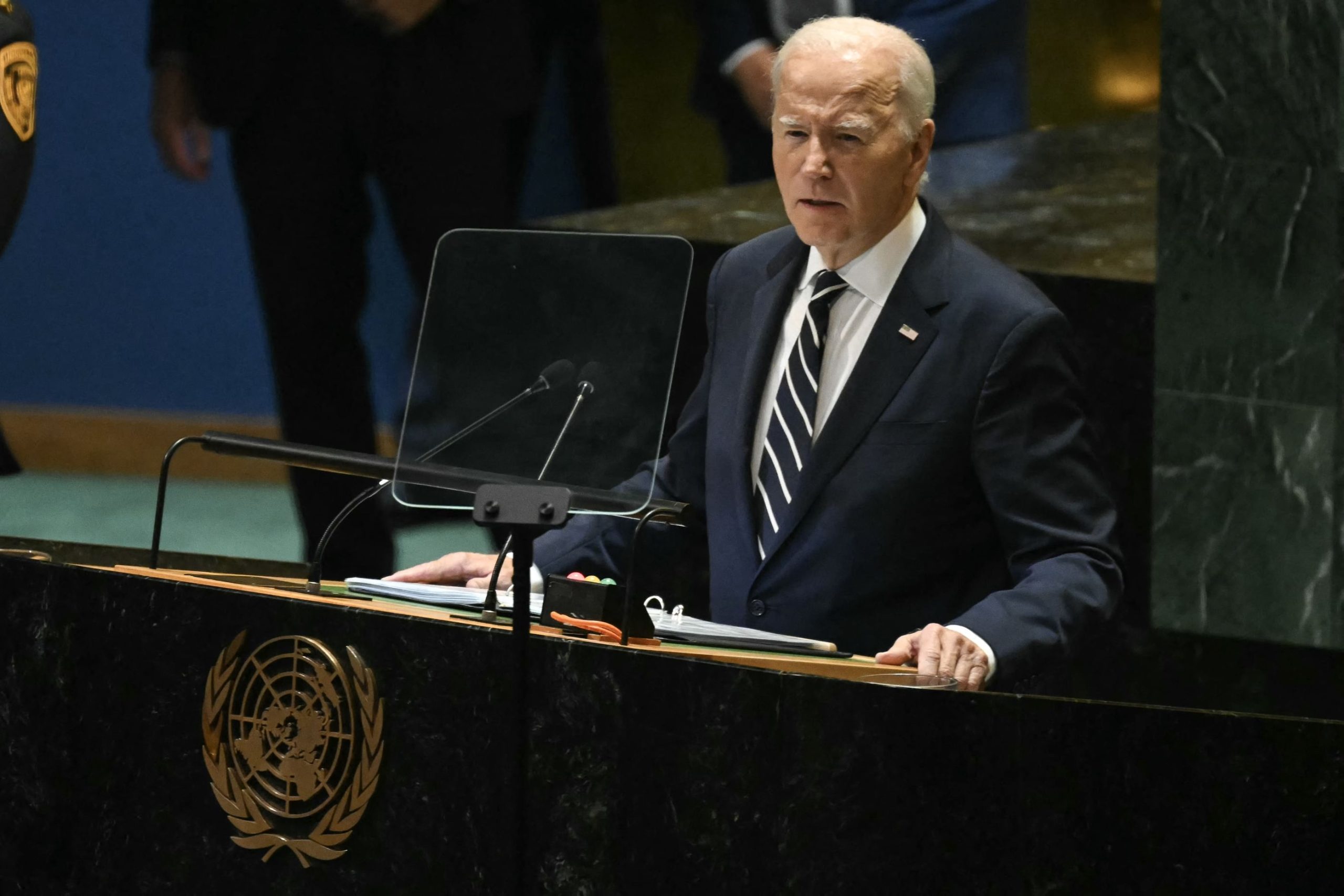North Korea fired two suspected short-range ballistic missiles (SRBM) on Monday from an airport in its capital city of Pyongyang, South Korea’s military reported, the fourth test this month to demonstrate its expanding missile arsenal.
For the latest headlines, follow our Google News channel online or via the app.
Japan also reported the launch, with chief cabinet secretary Hirokazu Matsuno condemning it as a threat to peace and security.
In less than two weeks, nuclear-armed North Korea has conducted three other missile tests, an unusually rapid series of launches. It said two of them involved single “hypersonic missiles” capable of high speed and maneuvering after launch, while a test on Friday involved a pair of short-range ballistic missiles fired from train cars.
Monday’s launch appeared to involve two SRBMs fired east from Sunan Airfield in Pyongyang, South Korea’s Joint Chiefs of Staff (JCS) said in a statement.
North Korea used the airport to test fire the Hwasong-12 intermediate-range ballistic missile (IRBM) in 2017, with leader Kim Jong Un in attendance.
The missiles fired on Monday travelled about 380 km (236 miles) to a maximum altitude of 42 km (26 miles), the JCS said in a statement.
Japanese Defense Minister Nobuo Kishi said the missiles appeared to have landed in the ocean near North Korea’s east coast.
“It is self-evident that the aim of North Korea’s frequent missile launches is to improve their missile technology,” he told reporters.
“The repeated launching of North Korea’s ballistic missiles is a grave problem for the international community, including Japan,” Kishi added, noting that the launches were a violation of UN Security Council resolutions that ban North Korea from all ballistic missile development.
The US military’s Indo-Pacific Command said it assessed that the launch did not pose an immediate threat to the United States or its allies, but “these missile launches highlight the destabilizing impact of (North Korea’s) illicit weapons program.”
The pace of testing and the different launch sites suggests that North Korea has enough missiles to feel comfortable expending them on tests, training, and demonstrations, and helps reinforce its deterrent credibility by emphasizing the volume of its missile force, said Mason Richey, a professor at Hankuk University of Foreign Studies in Seoul.
North Korea has not tested its longest-range intercontinental ballistic missiles (ICBMs) or nuclear weapons since 2017, but after denuclearization talks stalled in 2019, it began unveiling and testing a range of new SRBM designs.
Many of the latest SRBMs, including the hypersonic missiles, appear designed to evade missile defenses. North Korea has also vowed to pursue tactical nuclear weapons, which could allow it to deploy nuclear warheads on SRBMs.
“Every tactical missile launch flaunts how little sanctions have constrained the Kim regime, and how the US … has failed to make North Korea pay a sufficient cost for short-range missile program development,” Richey said.
‘ISOLATING AND STIFLING’
The latest launches have drawn both condemnation and an appeal for dialogue from a US administration that has imposed new sanctions over North Korean missile launches and is pushing for more.
US President Joe Biden’s administration imposed its first new sanctions on Pyongyang on Wednesday, and called on the U.N. Security Council to blacklist several North Korean individuals and entities. It also repeated calls for North Korea to return to talks aimed at reducing tension and persuading it to surrender its arsenal of nuclear weapons and ballistic missiles.
North Korea has defended the missile tests as its sovereign right to self-defense and accused the United States of intentionally intensifying confrontation with new sanctions.
In a statement before Friday’s missile tests, the North Korean foreign ministry said that although the United States might talk of diplomacy and dialogue, its actions showed it was still engrossed in its policy of “isolating and stifling” North Korea.
South Korea’s national security council held an emergency meeting after Monday’s test, with members stressing that “above all else, it is essential to start dialogue as soon as possible in order for the situation on the Korean Peninsula to not become more strained and to restore stability”, the presidential Blue House said in a statement.
The launches came as North Korea, more isolated than ever under self-imposed border closures aimed at preventing a COVID-19 pandemic, appeared to be preparing to open at least some trade across its land border with China.
Chinese brokers said they expect the resumption of regular trade with North Korea soon after a North Korean train pulled into a Chinese border town on Sunday in the first such crossing since anti-coronavirus lockdowns began in 2020.
Zhao Tong, a Beijing-based nuclear policy expert at the Carnegie Endowment for International Peace, said North Korea had few reasons to hold back its missile development.
Leader Kim appeared to have little hope of a breakthrough with the US, and China’s sympathy for North Korea and antipathy towards the US could encourage North Korea to think that China was unlikely to support any effort by the international community to censure it for the tests, he added.
“North Korea may think this is a safe time to advance its missile development,” Zhao said.
Last week, China criticized the new US sanctions but also called on all sides to act prudently and engage in dialogue to reduce tensions.
China says it enforces existing international sanctions on North Korea, but has joined with Russia to urge the UN Security Council to ease the measures, saying they hurt the civilian population.
Read more:
N. Korea seeks to boost ‘military muscle’ after missile launch as US, EU condemn test
North Korea fires suspected ballistic missile in first launch of 2022
North Korea after 10 years of Kim Jong Un: Better armed but more isolated than ever

 World3 years ago
World3 years ago
 World3 years ago
World3 years ago
 Business11 months ago
Business11 months ago
 Entertainment7 years ago
Entertainment7 years ago
 World7 years ago
World7 years ago
 Entertainment7 years ago
Entertainment7 years ago






